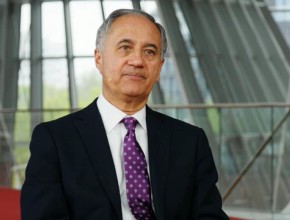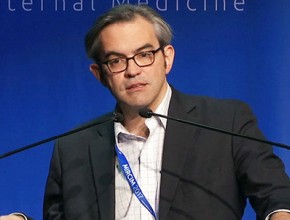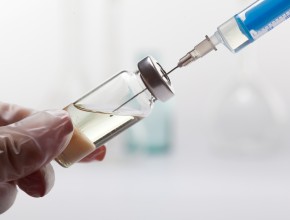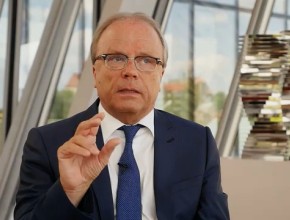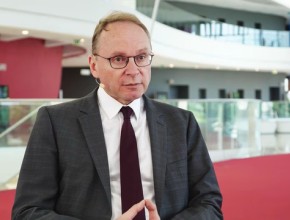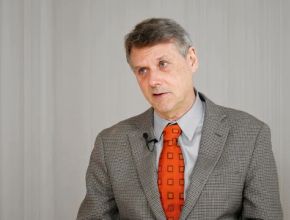What activities are included in continued professional development (CPD)?
Khalid Azzam: Anything you do to learn a skill, improve your knowledge or your attitude, and whatever you do that directly or indirectly impacts patient care is CPD. So, case discussions with your colleagues, grand rounds in the hospital, reading a journal, doing a workshop, attending a conference, doing a simulation, doing a reflective piece, anything through which you can learn in your practice is CPD.
CPD or continued medical education (CME) is not a new thing. I know it is becoming more known right now but it is not a new thing. Since the start of medical education, maybe mid-18th century, CME was happening. Physicians used to do case discussions, they used to do grand rounds, learn from each other around their patients, and that was all CME.
More recently we know this is becoming more structured. Why did this happen is, somewhere in the 1950s, 1980s there was a lot of influence of industry, mostly pharmaceutical industry and device industry, on medical education. They started developing as well as delivering these activities for physicians. What that led to is the fear from public and medical organizations that those activities are influenced, potentially biased. And as you remember, we talked about how the most important thing about CPD is effective patient care [see Differences between CPD and CME]: “Is the goal here really effective patient care or otherwise?” Organizations started being developed that started looking at activities to be certified or accredited. For example, in Europe we have the certifying council for CME [European Accreditation Council for CME]. In Canada we have the CPD office of the Royal College of Physicians and Surgeons and the CPD division of the College of Family Physicians of Canada. In the United States we have the CPD office of the American Medical Association. What these offices do is they certify or accredit activities, making sure that these activities are developed on sound educational and ethical standards.
Then what happened is that organizations that actually license physicians, certify specialists or physicians to practice in certain specialties, as well as a lot of North American privileging hospitals now are asking for documentation of these certified or accredited CPD activities to be presented in a certain number. An organization could ask for 50 hours per year, some of it certified, some of it not certified, like self-directed learning. Others would ask for 80 per year. Documenting that is important to those organization that actually either licensed that physician or certified the physician, continued certification, or give them privilege to practice in the hospital.
But it is also important to the patient. The patient knows that the education that the physician is getting through the big bulk of their life as a practicing physician is actually high-quality certified activities that are nonbiased and focused on the patient.
That is a little bit of what CPD is and what the history of CPD is and where we are today. People think, “OK. Is all CPD certified, accredited CPD activities?” No, but physicians should do some of that, and I am pleased to see that across the world now there are more and more bodies arising that are ensuring that there are activities that are certified and accredited according to sound educational and ethical standards. These things are important for our patients.
 English
English
 Español
Español
 українська
українська

